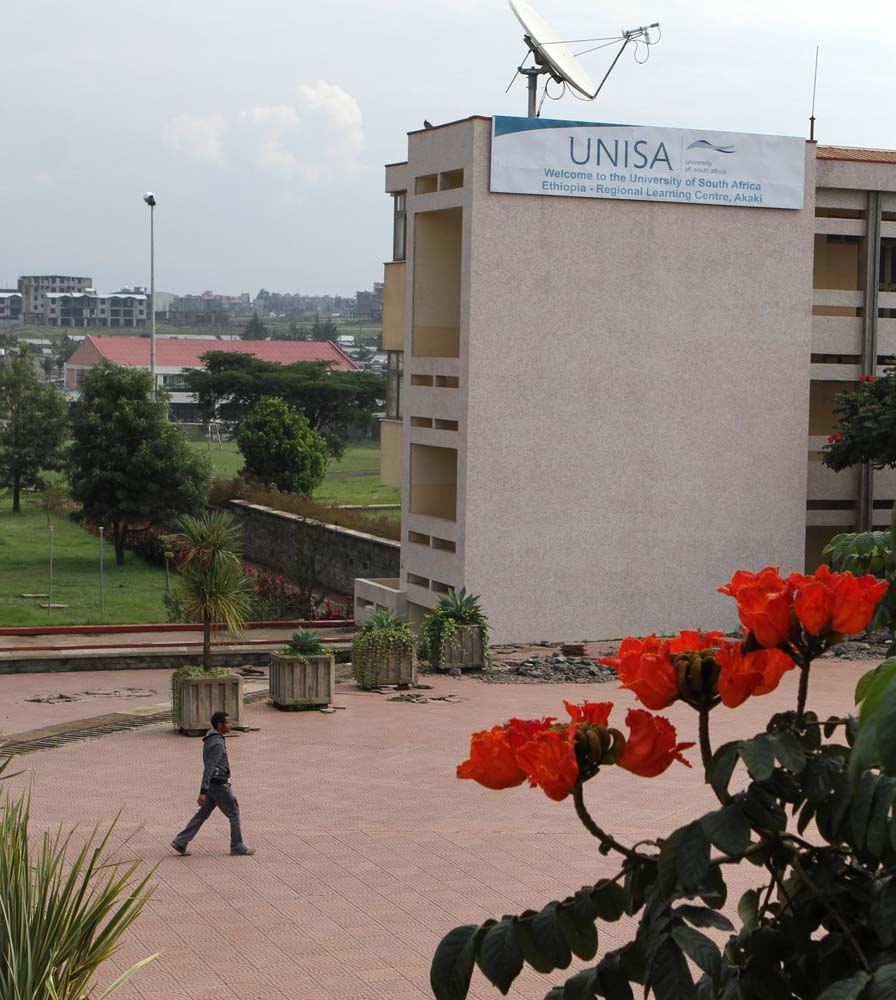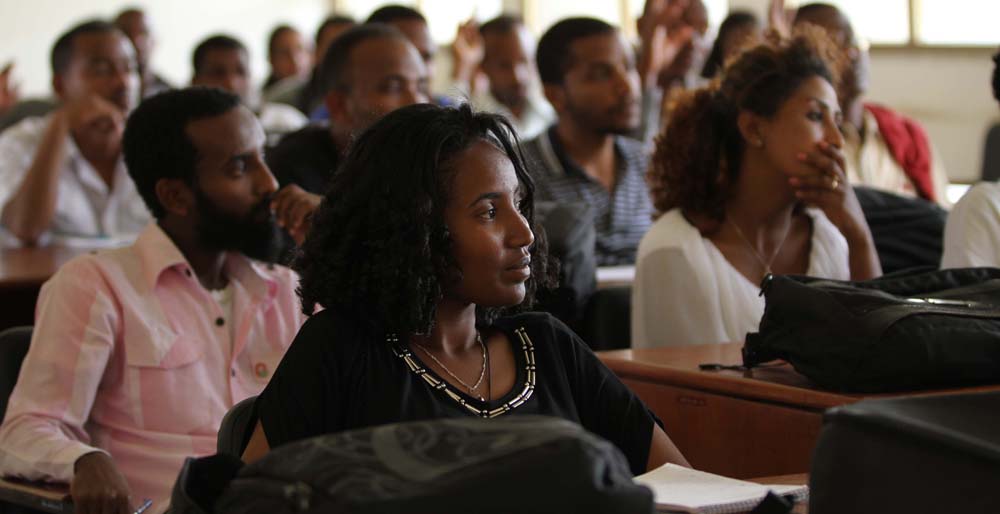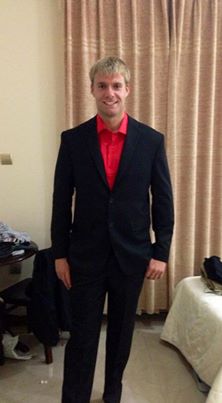By Armando Hoet
Associate Professor and Director of Ohio State’s Veterinary Public Health Program
If Personal Space is big for you, then Gondar is not your place to be. Here it is customary to salute you with at least an extended handshake and a soft touch of shoulder to shoulder (you incline forward and gently touch your peer’s shoulder and stay there for a few seconds sharing pleasantries).
If the person greeting you already knows you, then you will get a full hug, which again last several seconds. And finally, if they have great respect for you, then the hug will be accompanied by three touches of the cheek , first right, then left and then right again. It is a big honor to receive such greetings, and I had several of those today. In conclusion, I received more hugs today that my wife has given me in a year. This heartfelt salutation definitively makes you feel welcome!!
Today we started the training, and the phrase “play by ear” perfectly describes the morning. I planned to start at 8:30, which in Ethiopian Time according to my hosts is around 9ish… Perfect, 9:00 it is. Then, the conference room was double-booked, not a problem.
The key in this type of extension and outreach training programs is to expect the unexpected and take it easy.
Finally, they gave us the Conference Room at the Dean’s suite reserved only for special occasions (which my courses always fit that description!!).
Then after some housekeeping and preparation of the video, we were ready to go at 10:00 a.m.
A former dean and a chair are among the faculty attending the training program, which is a very different crowd from two years ago, as all of the people attending today are faculty.
Also very important to know is that no matter what happens to the schedule, never, never, never, never, ever skip the coffee break.
Ethiopia is claimed to be the birth place of coffee, so the coffee tradition is millenarian, and the “ceremony of coffee” is very important and a great opportunity to socialize. The process is very social and very beautiful because of the protocol that is followed: grass spread around for the green color that mean peace and calm, to the placement of flowers, to the accommodation of all the utensils in the short table, to the hot coals (see in the background) where the coffee is carefully reheat before serve, etc.
However, even though it is very traditional, my infectious disease brain did not let me enjoy it to the fullest, if you do not understand what I mean you are not paying attention to this picture:
This is it for today.
From the birthplace of humanity…!!



























